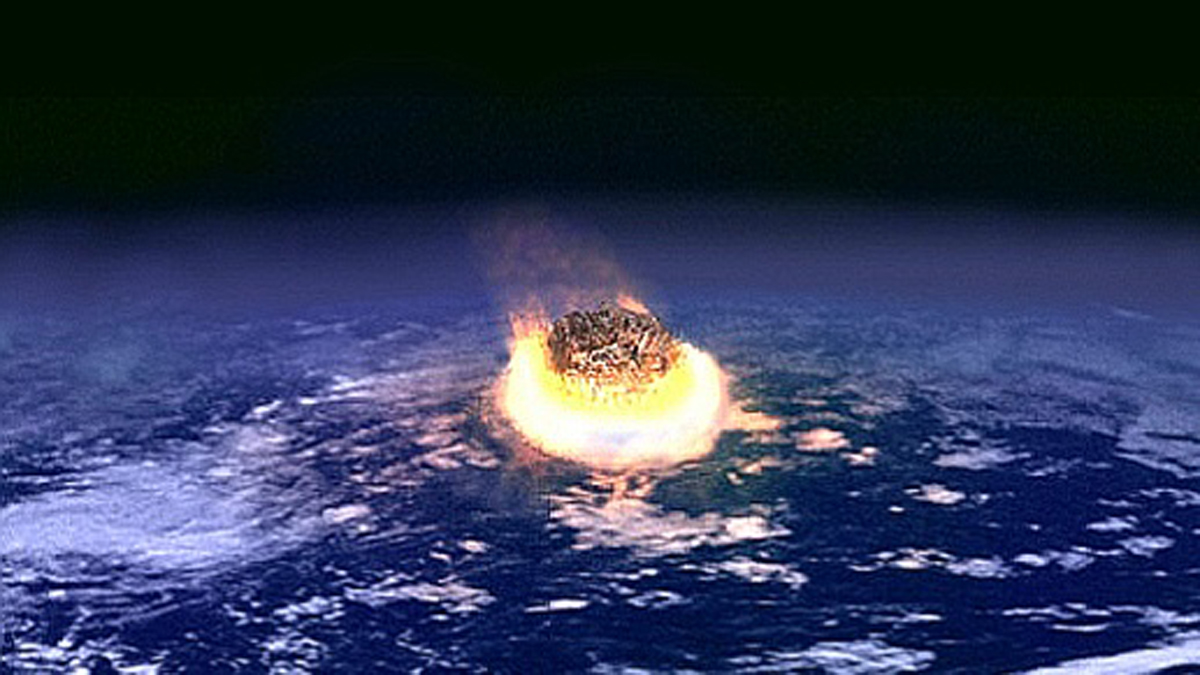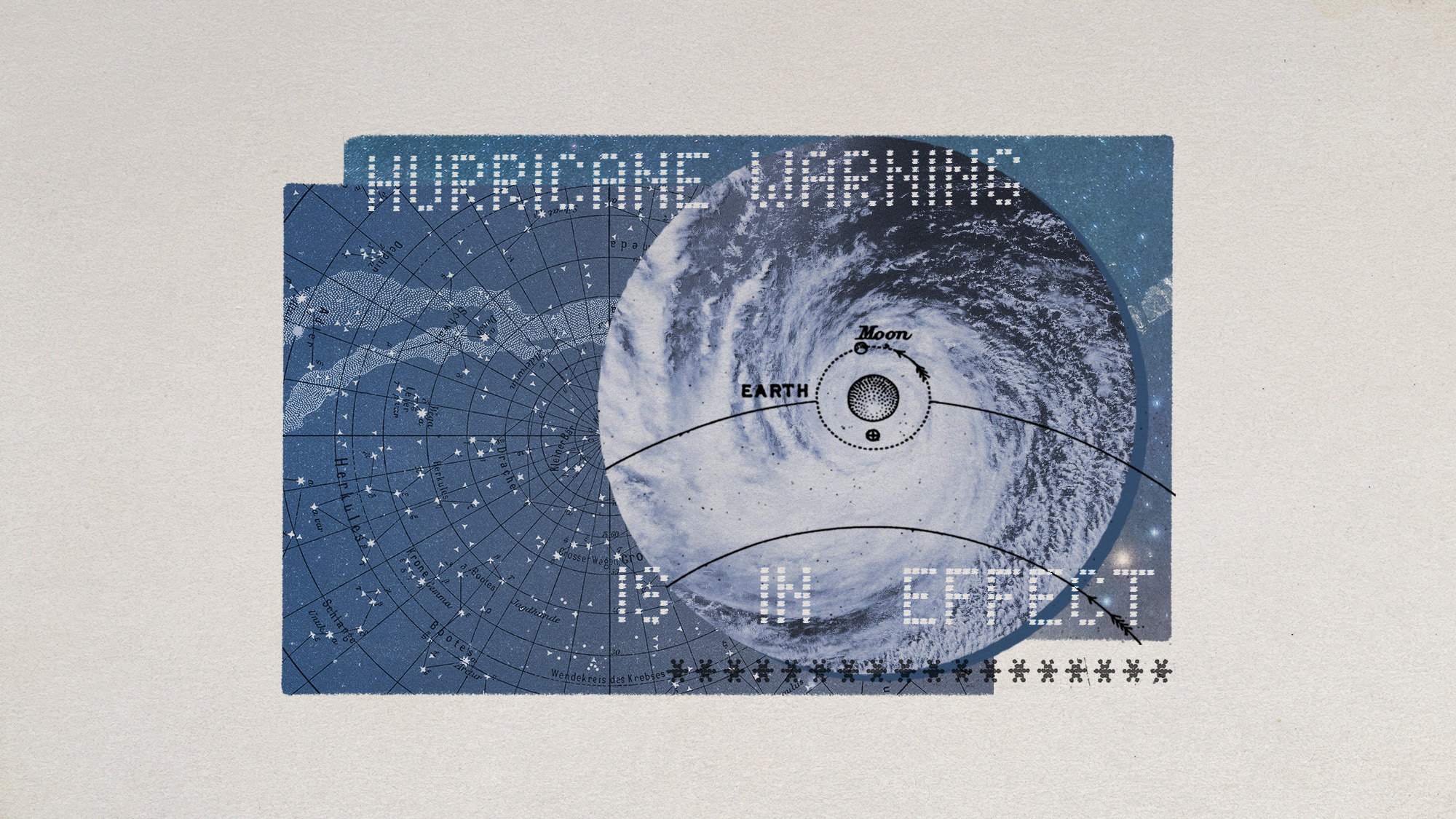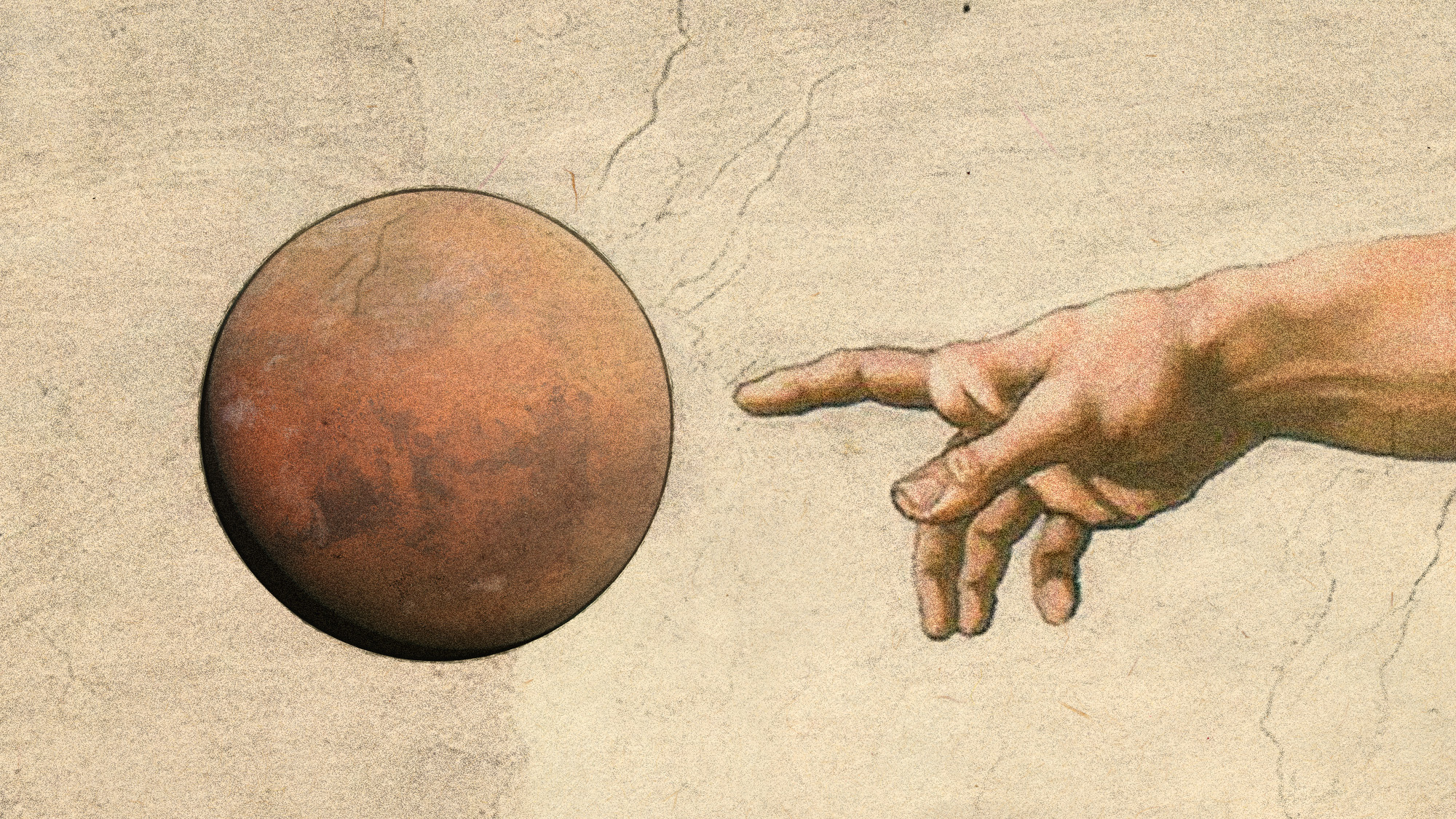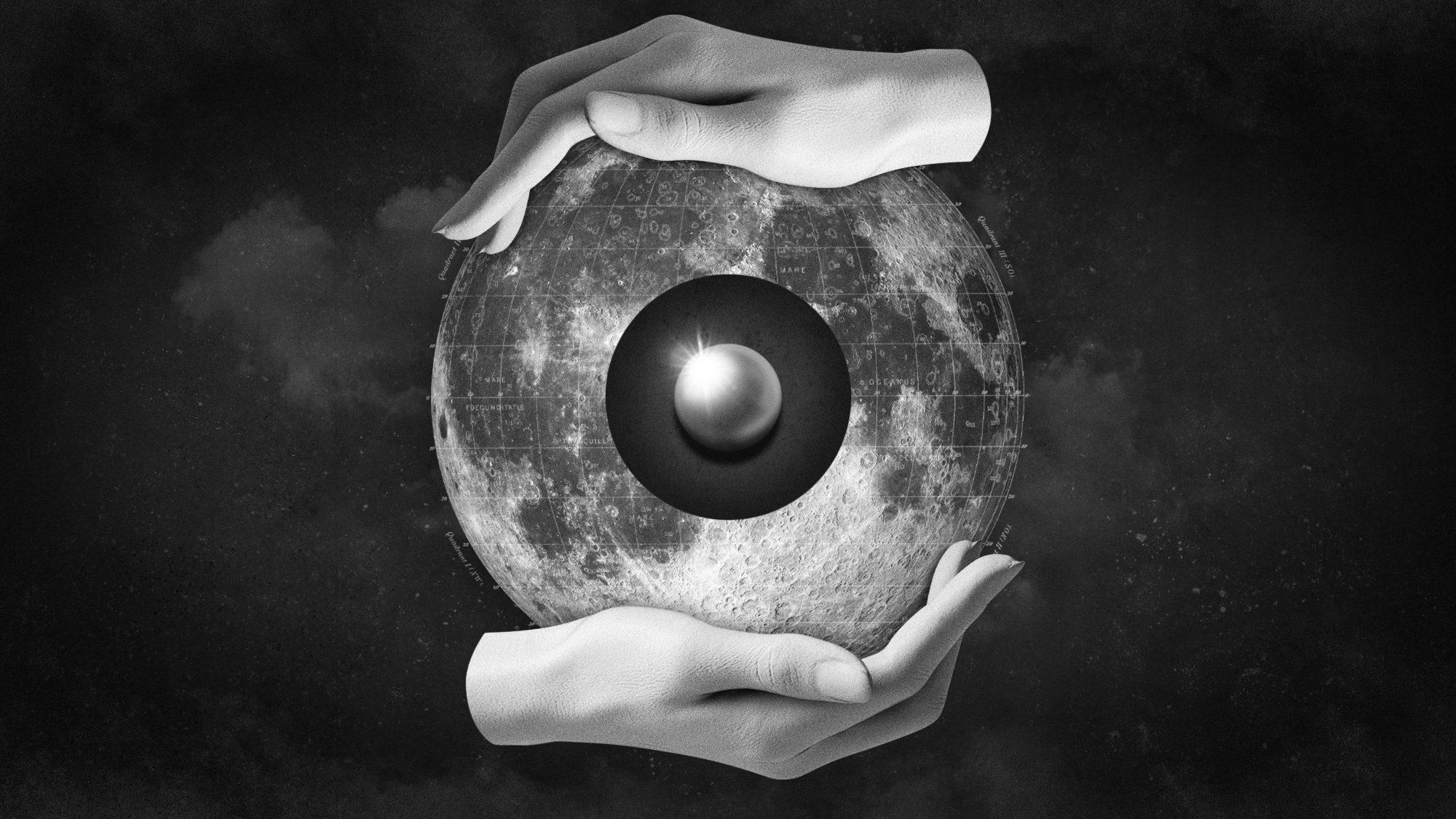Asteroid tsunami: what is it and are lives really 'at risk'?
New research shows the British coastline has much to lose in the event of an asteroid impact

Britain could one day be hit by an 'asteroid tsunami', which could kill thousands of people living near the coast according to new analysis.
Experts from the University of Southampton have developed software to predict the risk of asteroids, or asteroid tsunamis, hitting communities on Earth. While Britain is unlikely to suffer a direct hit from a space rock, it is at risk from strikes in the Atlantic Ocean and North Sea. The research shows there is a one in 10,000 chance that an asteroid could land just off the coast of Norfolk the next 85 years, the Daily Telegraph reports.
The research was released to coincide with Asteroid Day, as campaigners including Brian May, Richard Dawkins and Brian Cox call for an increase in efforts to find and track potentially dangerous asteroids. "It's been made light of, and we've seen some great films, like Bruce Willis saving the day, but it is a very serious threat," May told The Guardian.
The Week
Escape your echo chamber. Get the facts behind the news, plus analysis from multiple perspectives.

Sign up for The Week's Free Newsletters
From our morning news briefing to a weekly Good News Newsletter, get the best of The Week delivered directly to your inbox.
From our morning news briefing to a weekly Good News Newsletter, get the best of The Week delivered directly to your inbox.
So what are asteroid tsunamis, and how likely is it that you'll be affected if one strikes?
What is an asteroid tsunami?
Asteroid tsunamis are the waves caused by a colossal shockwave created when an asteroid lands in the ocean. Since over 70 per cent of the Earth's surface is covered by water, an asteroid is far more likely to crash into the ocean than land. Unfortunately, the impact of an asteroid tsunami would be far more widespread than that of a land impact. For example, an impact in the middle of the Atlantic could devastate coastal regions in Africa, Europe and the Americas.
What areas are at risk?
A free daily email with the biggest news stories of the day – and the best features from TheWeek.com
The Southampton study software – called Armor and developed by PhD student Clemens Rumph – tracks the paths of known asteroids and determines potential impact "corridors", or areas in which they are more likely to impact. The software has produced a map showing the areas of the globe with the highest risk of suffering an asteroid impact, with the odds of a crash in the next 85 years ranging from one in 12,800 to one in 10,000.
"We have discovered around 13,000 asteroids and around 500 of them have a chance of hitting Earth," Rumph said. His map shows a long risk zone cutting across northern Europe, as well as several crossing southern Australia. Central Africa and southern Asia are also at high risk. The US is largely unaffected, though states such as Louisiana and Florida are at higher risk. Rumph's goal is to help organisations such as the United Nations decide when to evacuate communities or send spacecraft to intercept asteroids.
What are the chances of the UK being affected?
The Southampton map shows that the UK is not directly under an asteroid path; however, it is at risk from tsunamis originating in the Atlantic Ocean or the North Sea, both of which are at higher risk of suffering impacts. "When an asteroid strikes, one of the biggest problems is a tsunami," Rumph said. "Britain is an island with lots of coastline and lots of people living there, so it is a risk."
The impact map was cross-referenced with Earth's geographic population distribution to assess the areas with the greatest threat to life, and south-east England is one of the highest-risk areas in the world.
The last colossal asteroid impact occurred near the Podkamennaya Tunguska River in what is now Krasnoyarsk Krai, Russia, in 1908, when it blew apart over 830 square miles of forest land with the force of 100 atom bombs. Had it fallen on central London, everyone within the M25 would have been wiped out, according to the Telegraph.
Is there anything humans can do?
Huge asteroids, several kilometres in diameter, hit Earth roughly once every ten million years. A 10km-wide meteor ended the reign of the dinosaurs 68 million years ago, according to The Guardian. By comparison, the Tunguska asteroid was about 40m wide.
There are three possible strategies to protect the Earth from this sort of civilisation-ending catastrophe, according to The Independent: the Nuke, and Kick and the Tug. The more palatable options are the Kick, which involves aiming a "kinetic impactor" at the object to knock it off-course, and the Tug, which entails shooting an unmanned aircraft with enough mass to operate as a "gravity tractor" into the orbit of the object to lead it off-course.
The Nuke option would set an explosive device on a collision course with the object – but scientists regard this as a last-ditch effort. None of these methods have yet been tested.
-
 Political cartoons for December 6
Political cartoons for December 6Cartoons Saturday’s political cartoons include a pardon for Hernandez, word of the year, and more
-
 Pakistan: Trump’s ‘favourite field marshal’ takes charge
Pakistan: Trump’s ‘favourite field marshal’ takes chargeIn the Spotlight Asim Munir’s control over all three branches of Pakistan’s military gives him ‘sweeping powers’ – and almost unlimited freedom to use them
-
 Codeword: December 6, 2025
Codeword: December 6, 2025The daily codeword puzzle from The Week
-
 Blue Origin launches Mars probes in NASA debut
Blue Origin launches Mars probes in NASA debutSpeed Read The New Glenn rocket is carrying small twin spacecraft toward Mars as part of NASA’s Escapade mission
-
 ‘The Big Crunch’: why science is divided over the future of the universe
‘The Big Crunch’: why science is divided over the future of the universeThe Explainer New study upends the prevailing theory about dark matter and says it is weakening
-
 The moon is rusting
The moon is rustingUnder the radar The Earth is likely to blame
-
 Panspermia: the theory that life was sent to Earth by aliens
Panspermia: the theory that life was sent to Earth by aliensUnder The Radar New findings have resurfaced an old, controversial idea
-
 Africa could become the next frontier for space programs
Africa could become the next frontier for space programsThe Explainer China and the US are both working on space applications for Africa
-
 Hurricanes are not exclusive to Earth. They can happen in space.
Hurricanes are not exclusive to Earth. They can happen in space.Under the radar These storms may cause navigational problems
-
 Answers to how life on Earth began could be stuck on Mars
Answers to how life on Earth began could be stuck on MarsUnder the Radar Donald Trump plans to scrap Nasa's Mars Sample Return mission – stranding test tubes on the Red Planet and ceding potentially valuable information to China
-
 The treasure trove of platinum on the moon
The treasure trove of platinum on the moonUnder the radar This kind of bounty could lead to commercial exploitation